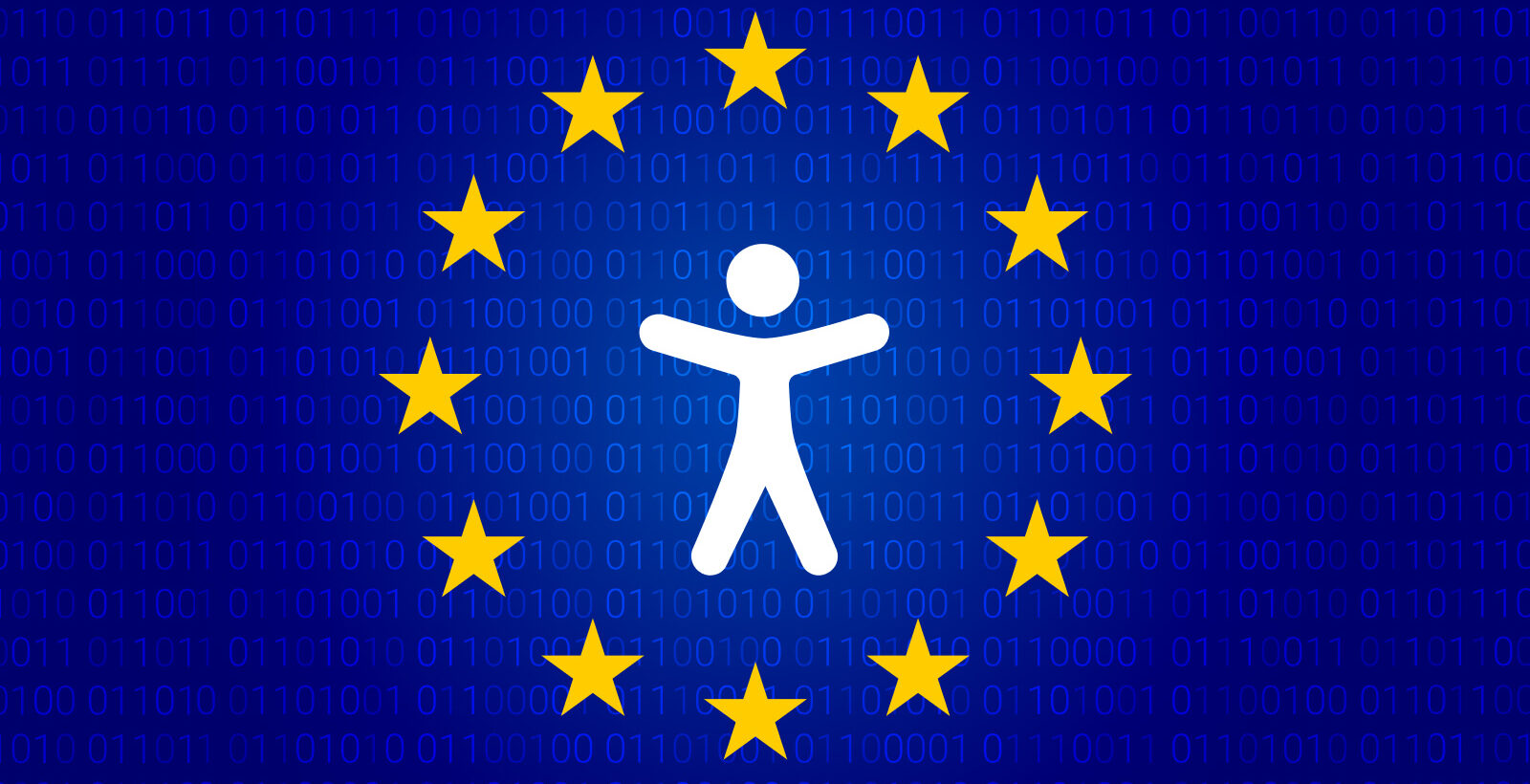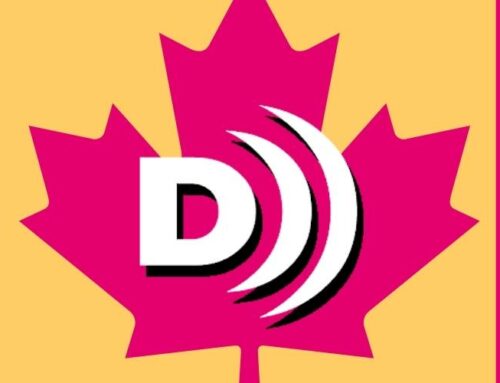The European Accessibility Act (EAA) is set to reshape the accessibility landscape across the European Union—and audio descriptions are playing a key role in this transformation. Taking full effect in June 2025, the EAA requires that a wide range of products and services—including digital media, streaming platforms, e-books, and e-commerce services—be made accessible to people with disabilities.
Background: What Is the European Accessibility Act?
The EAA was adopted in 2019 by the European Parliament as part of a broader effort to harmonize accessibility requirements across EU member states. Prior to the EAA, accessibility rules varied widely between countries, making it difficult for companies to provide consistent services across borders. The Act was created in response to the growing recognition that equal access to digital services is a fundamental right, especially in an increasingly digital society.
Key drivers behind the EAA’s creation include:
- The rise in digital consumption of media and services across Europe.
- Advocacy from disability rights groups emphasizing the need for inclusive design.
- The success of similar legislation in other regions, such as the Americans with Disabilities Act (ADA) in the U.S.
The EAA aims to remove barriers for over 87 million EU citizens living with disabilities, and to support a more unified, accessible internal market.
Why Audio Descriptions Matter
For blind and low-vision audiences, audio descriptions are essential. These narrated guides describe key visual elements in films, TV shows, and online videos—ensuring that all viewers can fully understand and enjoy the content.
With the EAA’s enforcement on the horizon, more broadcasters, content creators, and streaming services across Europe are now required to offer high-quality audio descriptions. This marks a major step forward—not just for compliance, but for inclusion and equity in entertainment.
What This Means for Content Providers
At Described Video Canada, we see this as a tremendous opportunity to elevate accessibility standards around the world. As the demand for professionally produced audio descriptions increases, so does the expectation for quality and consistency.
Content providers who invest in accessibility today will benefit from:
- Reaching wider and more diverse audiences
- Improving the user experience for all viewers
- Staying ahead of regulatory requirements
A Global Shift Toward Inclusive Media
With accessibility legislation evolving not just in Europe, but globally—including in Canada, the U.S., and beyond—now is the time for content creators and distributors to prioritize inclusive design and production practices. Accessibility is no longer just a checkbox—it’s a commitment to a more equitable media landscape.







